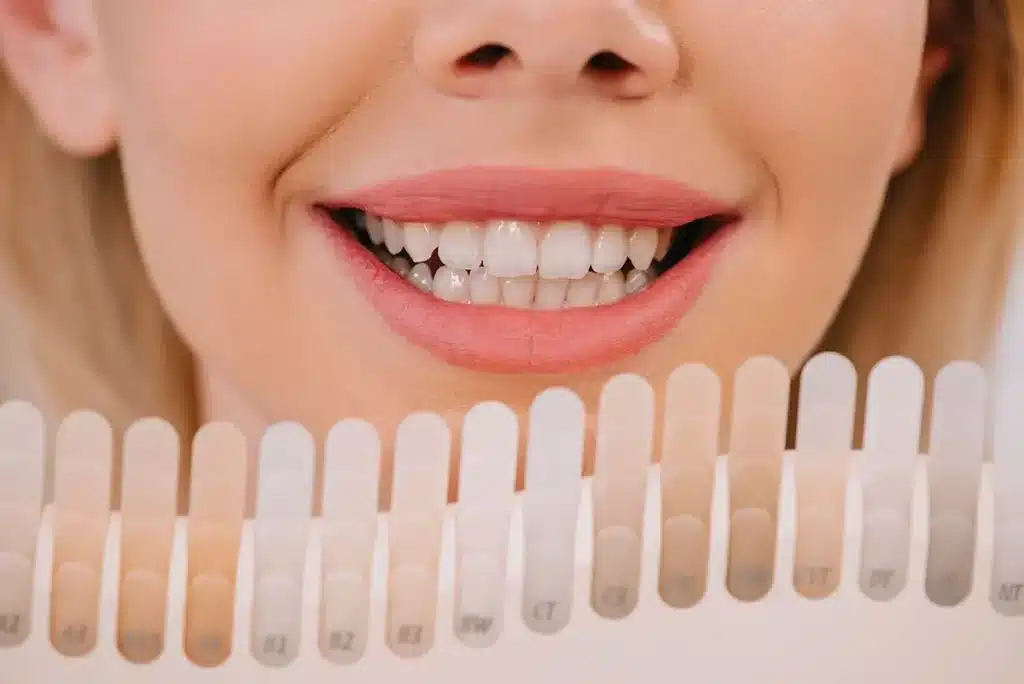Tooth Discoloration: Causes and Solutions

The Ultimate Guide to Teeth Whitening: Unveiling Secrets for a Brighter Smile
Achieving a brilliant, white smile has never been more accessible. Thanks to advancements in cosmetic dentistry, teeth whitening is now a popular choice for many seeking to enhance their appearance. But with a variety of whitening methods available, it’s essential to understand the science behind them and choose the safest and most effective option for your needs discover more.
What Causes Teeth to Lose Their Luster?
Teeth can lose their natural white hue over time due to various factors, both external and internal. Here’s a closer look at what could be darkening your smile:
Lifestyle Factors
Regular consumption of dark beverages such as coffee, tea, red wine, and soda can stain enamel, leaving teeth looking dull. Additionally, smoking or chewing tobacco leads to surface staining that can penetrate deep into the enamel.
Natural Changes
As you age, enamel naturally thins, exposing the darker dentin beneath, which gives your teeth a yellowish appearance. Some people are genetically predisposed to having darker or yellower teeth due to inherited traits.
Medical and Environmental Influences
Certain medications, including tetracycline and some antihistamines, can cause discoloration over time. Excessive fluoride exposure during childhood can lead to a condition known as fluorosis, which affects the tooth enamel. Trauma to a tooth can also lead to internal discoloration, often requiring specialized treatments.
How Does Teeth Whitening Work?
Teeth whitening treatments involve special agents that break down the molecules causing discoloration. Let’s delve into the chemistry:
The Science Behind Whitening Agents
Most whitening products contain hydrogen peroxide or carbamide peroxide, which break down into oxygen molecules that penetrate the enamel. These molecules then react with discolored compounds in the tooth, effectively breaking them apart and lightening the tooth’s appearance. Hydrogen peroxide is known for its fast-acting bleaching properties and helps remove both surface stains and deeper discoloration. Carbamide peroxide, on the other hand, is a slower-acting agent that releases hydrogen peroxide, commonly found in at-home whitening kits. There are also non-peroxide alternatives like PAP (Phthalimidoperoxycaproic acid), which offer reduced sensitivity and effective results.
Whitening vs. Cleaning
It’s important to understand the difference between whitening and cleaning. Cleaning removes plaque, tartar, and surface stains from your teeth, restoring their natural look. Whitening, however, changes the color of the tooth from within, breaking down deeper stains and lightening the overall shade.
Professional Whitening Techniques: The Best Option for Immediate Results
For those seeking faster, more dramatic results, professional in-office whitening remains the most effective choice. In-office whitening uses high-strength peroxide gels (25–40%) applied to your teeth, often enhanced by LED or laser light. This treatment provides visible results in just one session, making it ideal for those needing an immediate improvement in their smile.
Custom take-home trays are another professional whitening option. These trays are made specifically for your teeth and are used with prescription-strength gel at home. Over 1–2 weeks, you’ll experience even and controlled whitening, designed to match your specific tooth needs.
In cases where a tooth has undergone root canal therapy and has become discolored, internal bleaching can be used. This technique involves placing a bleaching agent inside the tooth, effectively addressing internal discoloration.
Popular At-Home Whitening Methods
If you’re looking for a more budget-friendly alternative, several at-home options are available, though they may not offer the same rapid or long-lasting results as professional treatments. Whitening strips are flexible strips coated with gel that you apply daily for 10–14 days. While they are convenient, they may not be as powerful as professional methods. Whitening pens are ideal for spot treatments and quick fixes. They are portable and easy to use for a fast whitening touch-up. LED whitening kits combine whitening gels with blue light, claiming to accelerate results, although the effectiveness of the light remains debatable.
Natural Teeth Whitening Methods: Do They Really Work?
While many people seek natural alternatives to whitening, not all of them are effective—and some can be harmful if used incorrectly. Baking soda is a mild abrasive that can help remove surface stains but should be used sparingly to avoid enamel erosion. Activated charcoal, although popular, is abrasive and raises concerns about long-term safety. Oil pulling, an ancient technique involving coconut oil, may improve oral health but has minimal proven effects on whitening.
Who Should Avoid Teeth Whitening?
Not everyone is a good candidate for whitening treatments. Teeth whitening is not recommended for children under 16, as their teeth are still developing. Pregnant or breastfeeding women should also consult their healthcare provider before undergoing any whitening procedures. People with significant dental restorations, such as crowns or veneers, should be aware that these do not respond to whitening treatments. Additionally, individuals with untreated cavities or gum disease should first address these issues before considering whitening.
Managing Sensitivity After Whitening
One of the most common side effects of teeth whitening is sensitivity. Whitening agents penetrate the enamel and reach the underlying dentin, which can temporarily irritate the nerves of the teeth. To manage sensitivity, use desensitizing toothpaste both before and after the treatment. Choosing whitening formulas designed for sensitive teeth and shortening the duration of treatment can also help reduce discomfort.
Maximizing and Maintaining Results
After your whitening treatment, maintaining your results requires some lifestyle changes and diligent oral care. Brushing with fluoride and whitening toothpaste twice daily, flossing regularly, and rinsing after meals can help keep your smile bright. Limiting your intake of staining foods and beverages, using a straw when drinking dark liquids, and quitting smoking or tobacco use will further protect your teeth. Periodic touch-ups every 6–12 months with mild products and scheduling regular dental cleanings will help preserve your white smile for years.
Whitening Alternatives
In some cases, patients may opt for dental treatments like veneers or crowns to address deep stains or damage. Dental veneers, made of porcelain or composite materials, are thin shells that cover the front surface of your teeth, effectively hiding deep stains and imperfections. Cosmetic bonding involves applying a resin to the tooth’s surface, which can cover imperfections and restore the natural appearance of the tooth. Crowns are full-coverage restorations ideal for teeth with significant damage or discoloration.
Choosing the Right Whitening Method for You
When deciding on a whitening treatment, consider several factors, including your budget, urgency, and the condition of your teeth. Over-the-counter products are typically more affordable, but professional whitening options may offer better and faster results. Consult with your dentist to determine which method is best suited to your needs and cosmetic goals, ensuring that it aligns with your oral health.
Conclusion
Teeth whitening is an effective and non-invasive way to enhance your smile and boost your confidence. By understanding how whitening agents work, recognizing which method is best for your needs, and following proper aftercare, you can enjoy a brighter, healthier smile for years to come. Always consult your dentist before starting any whitening treatment to ensure optimal results and protect your oral health.
